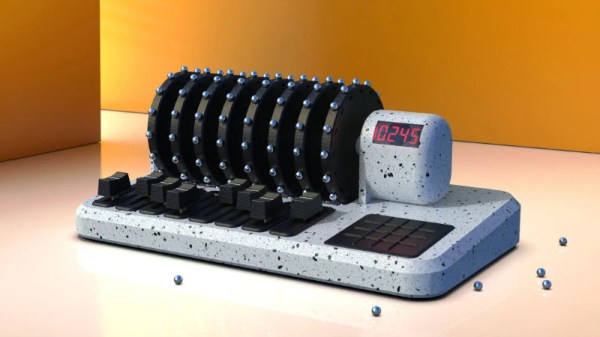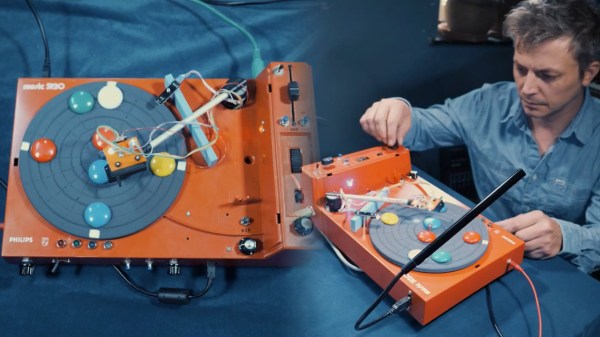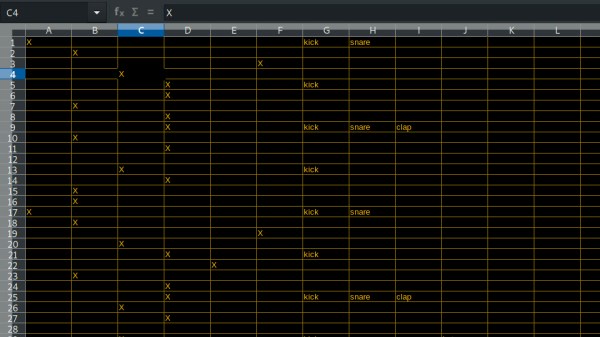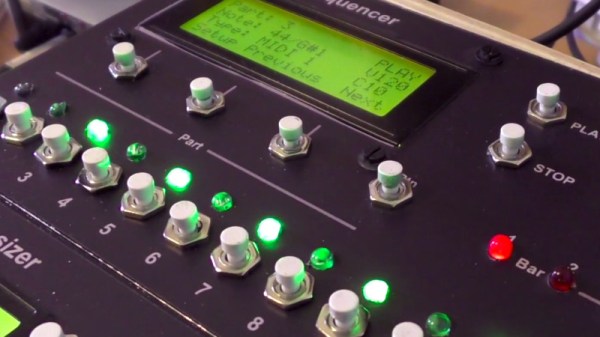The Raspberry Pi Pico is what you might call the board of the moment, thanks to its combination of affordability, features, and continued availability during the component shortage. We have seen plenty of great projects using it, and the latest to float past is [todbot]’s PicoStepSeq, an extremely compact MIDI sequencer.
All the components are mounted on a PCB, with the sequencer’s eight steps selected by a row of buttons with integrated LEDs. The interface is via an SSD1306 OLED, and there is also a rotary encoder. Software comes courtesy of CircuitPython, and the output is delivered via a 3.5 mm TRS jack. Finally the whole is wrapped in a 3D printed enclosure.
The result is a sequencer that could almost be a product in its own right, and we think anyone whose interests lie in electronic music should find straightforward enough to build. All the files and information required to build your own can be found in the linked repository, and he’s placed a Tweet with a video online which we’ve embedded below the break.
Continue reading “PicoStepSeq Is Small But Perfectly Formed”

















